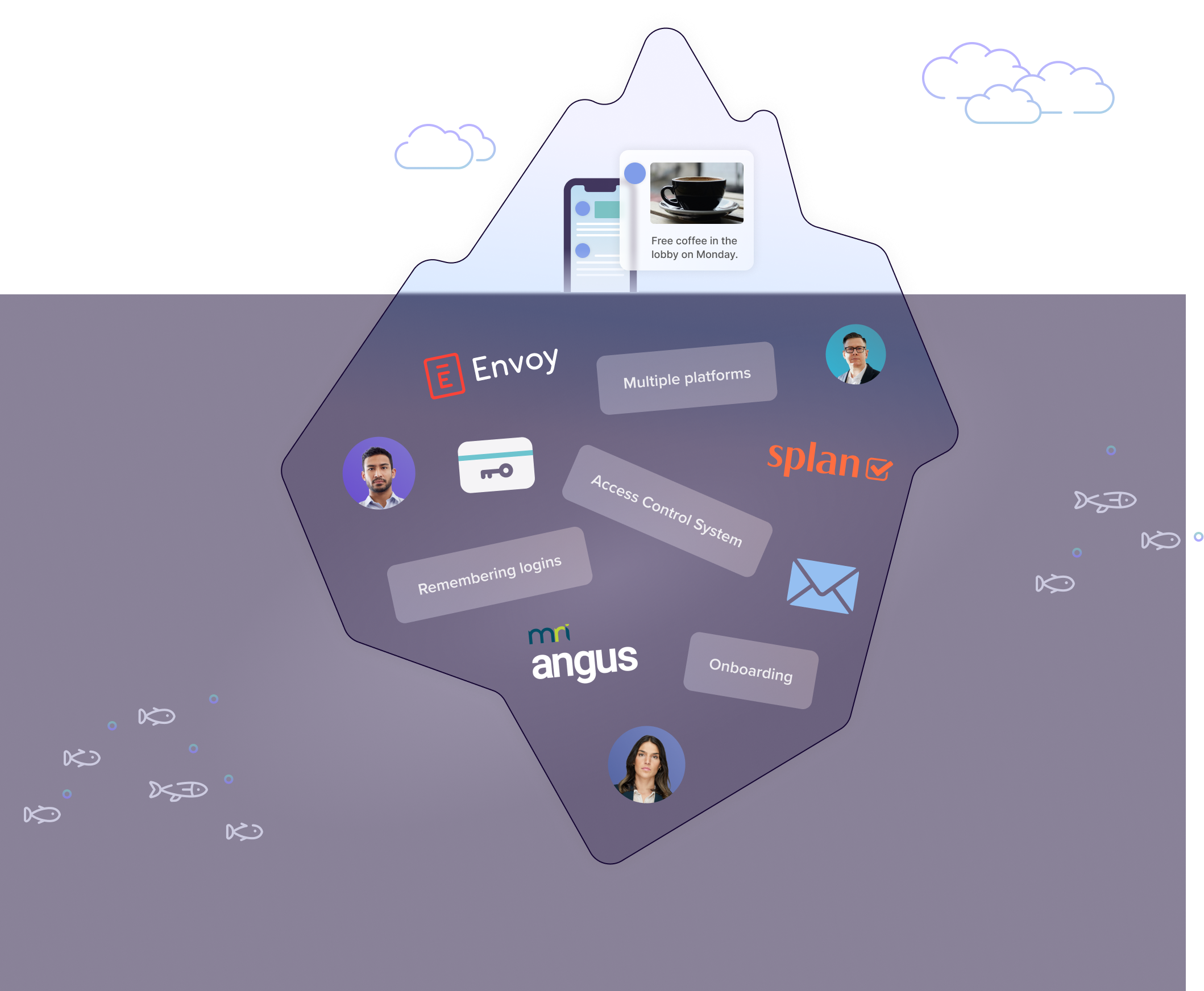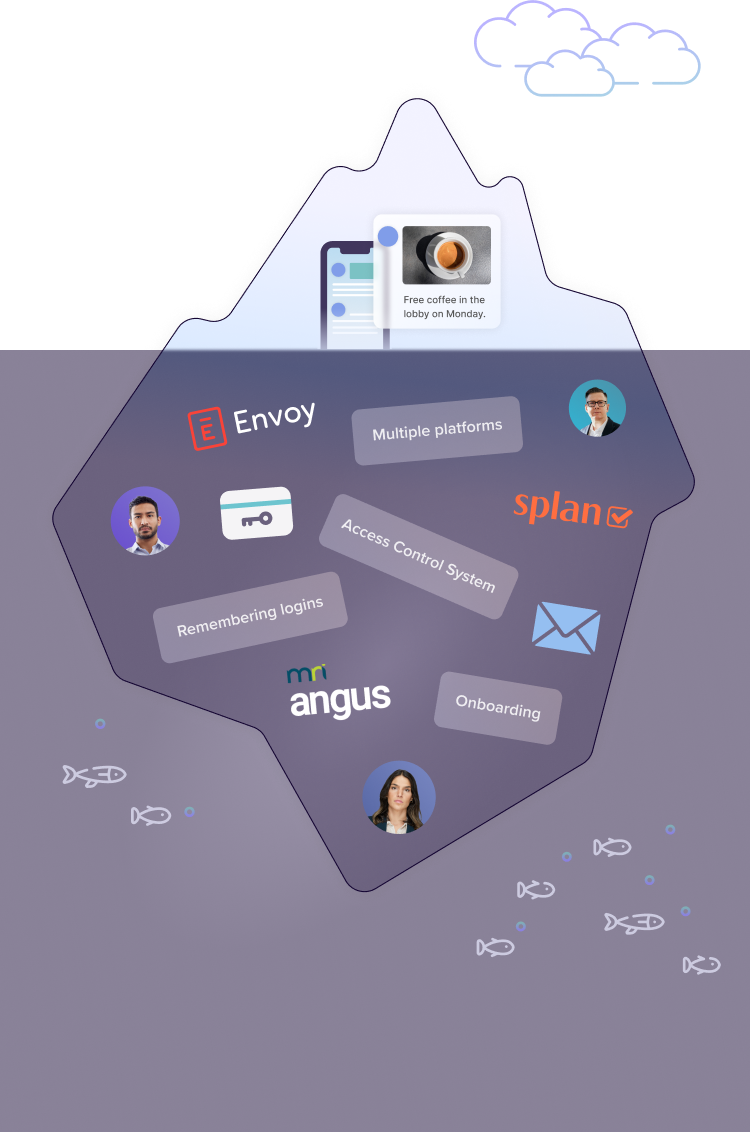
One proptech platform that checks all your boxes
Save time and streamline property management with a single platform to engage your tenants and operate your building.
How many proptech tools are you and your tenants using?
VTS replaces dozens of point solutions with one intuitive platform that you and your tenants can trust.
Learn moreYour
“tenant experience”


The
actual experience
with point solutions
One operating system
VTS Activate is one platform with the built-in operational tools you need to exceed tenant expectations of your building.
- Access Management
- Visitor Management
- Work Orders
- Community
VTS is more than just technology — it's a dedicated
team of experts who ensure your success.
-
66%
of technology rollouts fail due to a lack of change management, adoption, and alignment–our experts are here to help your teams win.
-

-

-

-

-


















